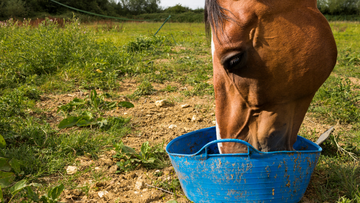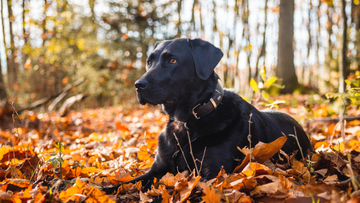Arthritis in older dogs is a very common problem. In fact, research indicates that 60% of dogs over the age of 7 are likely to develop arthritic symptoms as they continue to age. There are numerous types of arthritis that can affect dogs, but the most common is osteoarthritis—also known as degenerative joint disease. This condition can affect up to one out of five adult dogs.

Aging is a definite contributor to the development of osteoarthritis, but there are other factors as well, such as old injuries, metabolic disorders, like diabetes, and obesity. As dogs age, the cartilage in their joints begins to thin. This cartilage serves to cushion and protect the bones in the joint, and if it thins too much, the bones can rub against each other and break down. The resulting friction causes pain and loss of mobility. Any joint in your dog’s body can be affected by arthritis, but the most common locations are the hips, elbows, knees, wrists, shoulders, ankles, and lower back.
Symptoms:
- Difficulty laying down
- Prefers shorter walks
- Limping
- Avoids being petted
- Reluctance to move around as much as he/she used to
- Stiffness when your dog gets up in the morning
- Avoids stairs
- Refuses to jump
- Obsessive licking on the joint areas
- Fever
Typically, what will be noticed first are an increased weight gain, sleeping more, less interest to play, and a change in attitude and alertness. Fortunately, these symptoms can be treated and managed, but sadly, it cannot be cured.





















